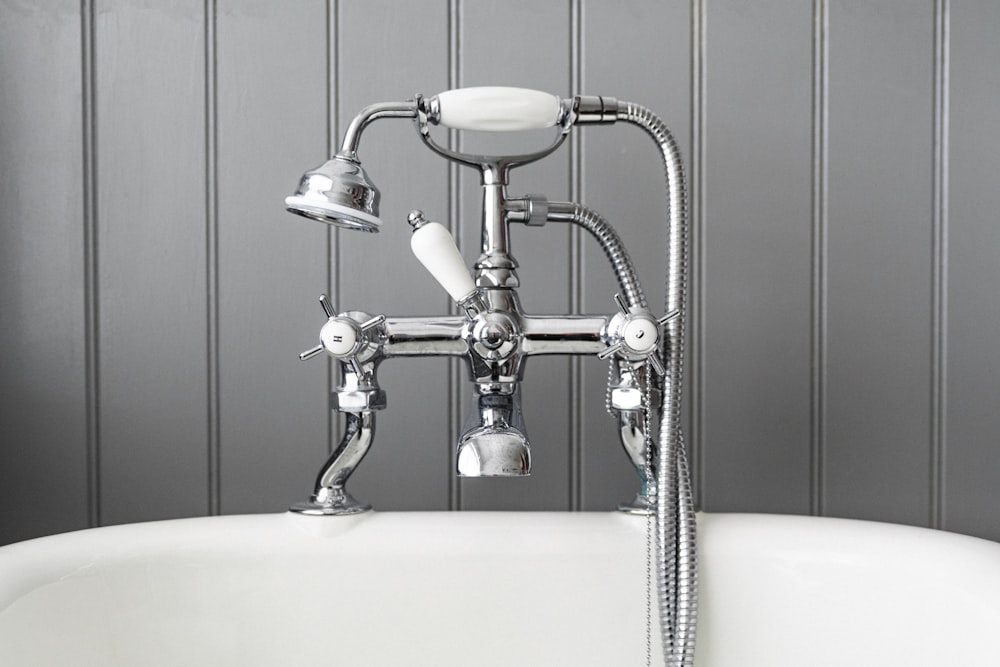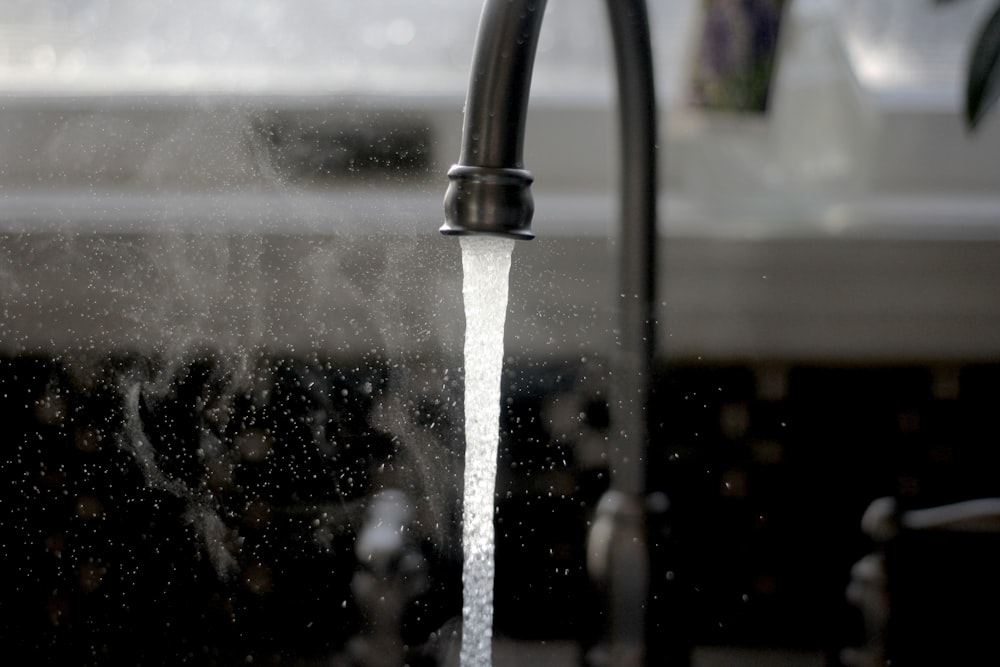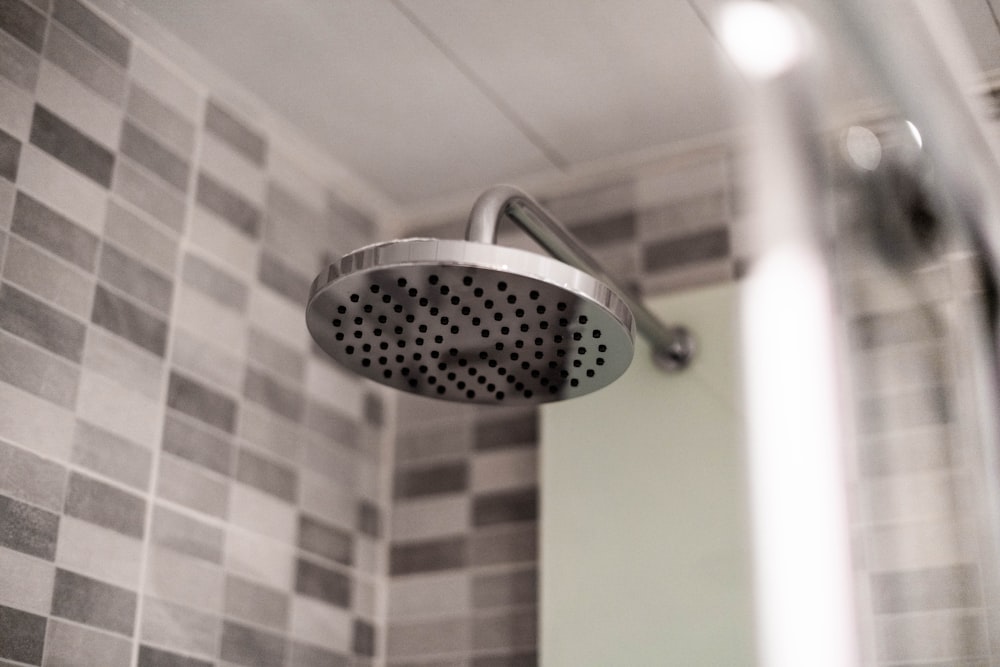As a renter, there’s nothing quite like a hot, relaxing shower to kickstart your day. When that shower fails to deluge you in a strong stream, however, the experience can be less motivational. Poor water pressure isn’t just an issue in the bathroom, either. Low pressure can make daily chores like dishes and laundry frustrating, too. The good news?
There are actionable steps you can take right now to help improve the water pressure in your apartment building.
How Water Pressure Works
Believe it or not, water pressure is just potential energy waiting to be used.
The more energy available, the higher the water pressure. Those living close to the municipal center or to a water storage tank will have stronger energy potential and water pressure. You may have noticed that water is commonly stored in tall water towers.
This is so that gravity can do much of the work to deliver water to you under pressure. Water companies use pumping stations to assist in delivering your water supply at a pressure that is usually between 40 and 60 PSI. Those living in rural areas and relying on well water, on the other hand, will struggle to get strong water pressure without the help of a good pump. In essence, the harder the water has to work to get to you, the lower the pressure will be.
It’s not just gravity that water has to work against to get into your apartment. If you live in an older building with corroded or dysfunctional pipes, you’ll need a lot of energy to propel water to your shower or sink. Understanding this dynamic is crucial for solving the problem.
Test Your Water Pressure
If you’re concerned about your water pressure, reach out to the city’s water department. They can send someone out to inspect your system. This is especially helpful when you’ve experienced a sudden drop in water pressure. City inspectors can find leaks and even measure your pressure compared to that of your neighbors. Once you’ve identified the issue at hand, you can work with your landlord or with a plumber to solve the problem.
You can do some DIY tests if you prefer not to call an inspector. Start by turning your shower on to full capacity. Run it for a minute or two, then place a five-gallon bucket under the water. Time how long it takes to fill the bucket to the top.
Begin counting as soon as water splashes into the bottom and stop when the bucket begins to overflow. To calculate the gallons per minute, begin with five and divide by the time it took for the bucket to fill. For instance, if the time was three minutes, five divided by three is 1.66. The flow is therefore 1.66 gallons per minute.
For your reference, here are some benchmarks for GPM flow:
- 1.5 gpm: The average flow from a low-flow showerhead
- 2 gpm: The standard U.S. Federal WaterSense GPM
- 2.5 gpm: The maximum flow for all showerheads
But, there’s an easier way to measure your apartment’s water pressure if you’re willing to drop ten bucks at your favorite home center, hardware store, or Amazon, you can purchase a water pressure gauge that connects to a ¾” female hose thread.
That means it will easily screw on to an outdoor hose bib or to any sink spout that has a threaded fitting. In most cases, you can simply unscrew a kitchen or bathroom faucet aerator and screw-on a water pressure gauge. Then turn on the tap all the way and the gauge will reveal your exact water pressure.
Replace Your Pipes
Clogged and corroded pipes are frequently to blame for low water pressure.
Most apartment buildings built before 1960 often use galvanized steel pipes in their plumbing systems. While some of the piping may have been replaced since construction, any remaining galvanized steel pipes may be corroded.
As the galvanized coating wears away, it exposes the iron pipe beneath. Rust gradually builds on the iron, creating an uneven coating that reduced the diameter of the water pipe, thus preventing as much water from passing through the pipe. As a result, your ¾-inch water supply pipe might only have a quarter of an inch diameter of space inside to move water to your sink or shower. This can seriously disrupt your water pressure, so if you suspect this could be the issue, work with your landlord about possible repairs or replacements.
Replacing the plumbing in an old apartment building can be expensive and time-consuming. The results are always worth the effort, though. When replacing old galvanized steel pipes, you can select a more durable material, so you won’t have to worry about replacing them again. Copper has been a long-time standard for plumbing, but it has become very expensive. Cross-Linked Polyethylene tubing, also known as PEX, has recently become popular. It looks almost like a water hose and comes in blue for cold and red for hot water lines. It is resistant to cold temperatures and has fewer joints, making it easier to install and maintain.
Protect Your Pipes from Freezing Temperatures
In cold cities, winters can be frigid. When pipes freeze, they often burst and cause thousands of dollars in property damage. Even when pipes don’t burst, the damage done by freezing temperatures can impact the health of your plumbing system. Extremely cold temperatures cause water to freeze and expand, causing ice clogs, leaks and water pressure issues.
Thankfully, pipe insulation can minimize the impact cold temperatures have on your showers. Foam pipe sleeves and heat tape can be used to wrap pipes securely, keeping them above freezing even during the coldest months. Landlords should inspect this insulation each winter for the best results. Professional plumbing and insulation in cities like Chicago that suffer from freezing winters can be useful when help is necessary for this type of maintenance.
Inspect Your Building’s Water Filter and Occupancy
Many apartment buildings feature water filters that help strain out debris before entering the building’s water supply pipes. With time, these filters become clogged and reduce water pressure. Property managers must check these filters regularly to avoid problems. Any time your filter appears dirty or sediment-filled, it’s time for maintenance.
Occupancy can also impact water pressure, particularly during peak shower times. If an apartment community is full to capacity for the first time in months, residents may notice a decrease in water pressure. If you believe your building’s occupancy is impacting your water pressure, it may be time to call a plumber in to take a look at the health of your pipes and provide options for improving your water pressure.





